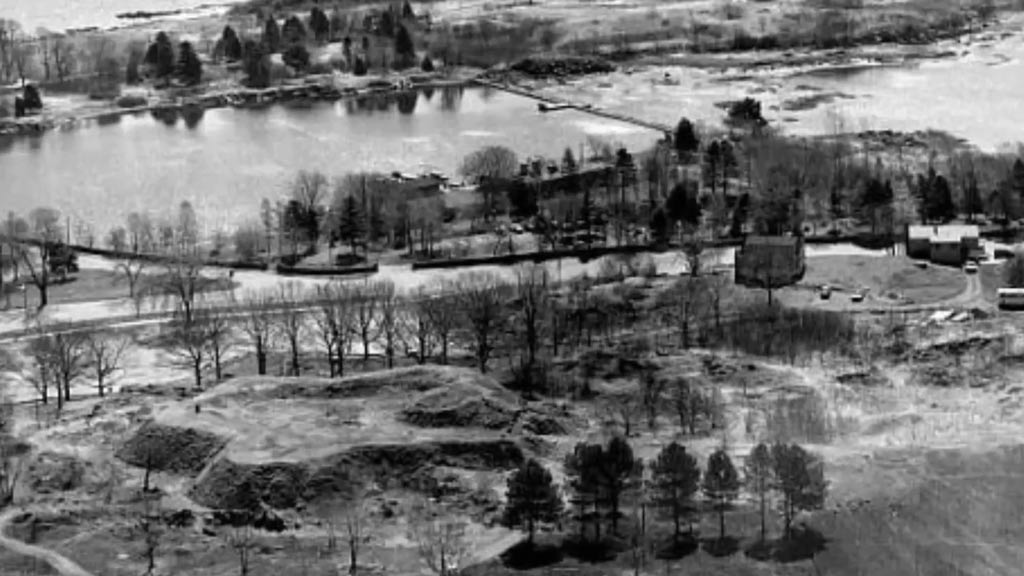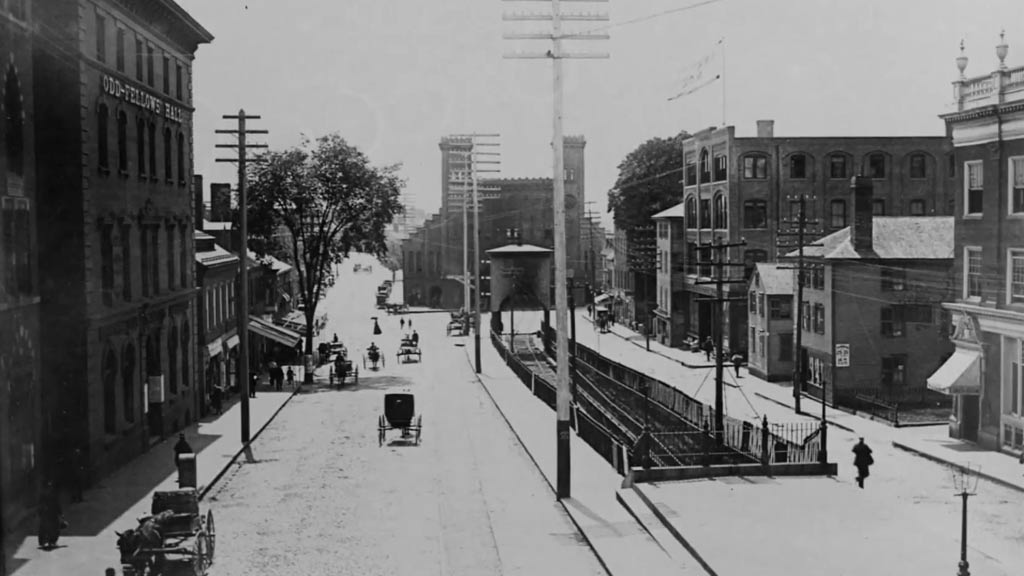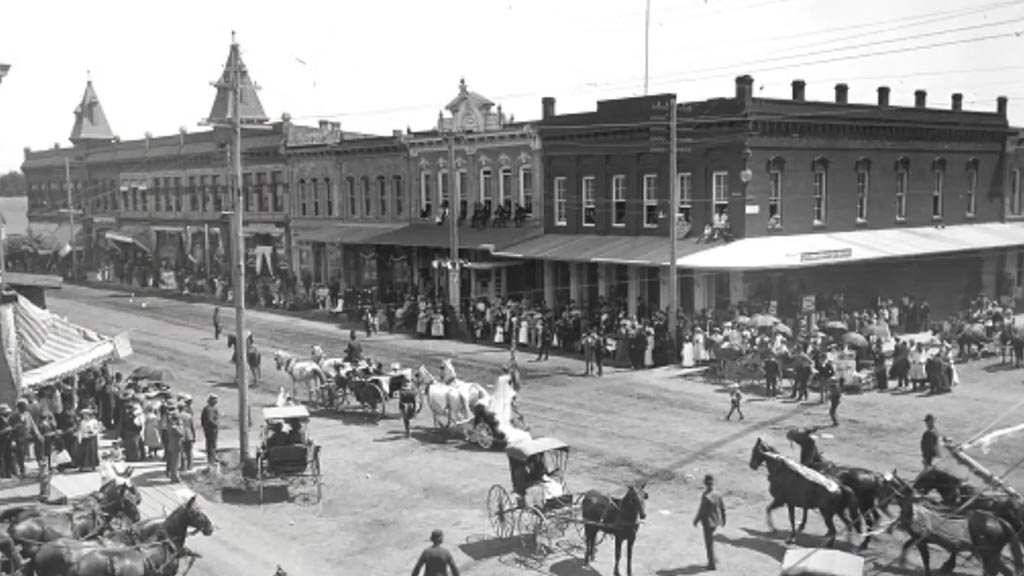Are you ready to uncover the captivating history of Salem, Virginia? Nestled in the heart of Virginias Blue Ridge, Salem boasts a rich heritage dating back to 1802 when it first emerged as a prominent community.
Serving as the county seat since 1838, Salem’s roots run deep, with ties to General Andrew Lewis, a Revolutionary War hero.
The picturesque town, surrounded by the majestic Blue Ridge and Allegheny Mountains, offers a glimpse into its storied past through iconic landmarks and historic sites.
Embark on a historic walking tour of Salem to explore the city’s evolution over the years. From the serene beauty of the Roanoke Valley to the intellectual charm that characterizes this university town, Salem beckons both leisure seekers and business enthusiasts alike.
Discover the allure of Salem as you delve into its fascinating narrative, where each corner reveals a chapter of its distinguished history.
Early History of Salem
Salem, Virginia, has a rich and diverse history that stretches back to the early days of European settlement in America. Originally inhabited by indigenous peoples, the area was first explored by Europeans in the 17th century.
The name “Salem” is derived from the Hebrew word for “peace,” reflecting the settlers’ hope for a peaceful existence in their new home.
Origins and Settlement

In 1802, Salem, Virginia, emerged as a prominent community with a rich history deeply woven into the fabric of the region. Serving as the county seat since 1838, Salem holds a significant place in the annals of Virginia’s past.
General Andrew Lewis, a distinguished hero of the Revolutionary War, further cements the town’s historical importance.
Situated amidst the breathtaking scenery of the Blue Ridge and Allegheny Mountains, Salem offers a picturesque setting that adds to its charm and character.
The town’s origins and settlement reflect a time when community building and resilience were paramount, shaping Salem into the thriving city it is today.
Notable Early Structures
The early structures in Salem stand as testaments to its storied past. From the fire bell purchased in 1883 to the frame firehouse on Calhoun Street and the Fire Station on North College Avenue, each building holds a piece of Salem’s history within its walls.
One particularly iconic structure is the bell that remained in the tower on College Avenue until 1986. Sent to the Henry McShane Bell Foundry in Glen Burnie, Maryland, for reconditioning, this solid brass bell, weighing 800 pounds, serves as a reminder of Salem’s commitment to preserving its heritage.
The Salem Development Company, organized in 1890, also left its mark on the city with notable accomplishments such as an initial capital of $1,000,000 and substantial land acquisition.
These early structures and organizations laid the foundation for Salem’s growth and development, paving the way for the city we see today.
Development Through the Centuries
Salem, Virginia’s development through the centuries is a tapestry woven with threads of resilience, innovation, and community spirit.
From its early days as a frontier settlement to its present status as a thriving suburban town, Salem’s journey reflects the broader trends and challenges faced by American communities over the centuries.
Industrial Growth

Throughout its history, Salem, Virginia has seen remarkable industrial growth. The South Salem Land Company, founded in 1890, played a pivotal role in this expansion.
With an authorized capital of $300,000, the company strategically utilized its resources to promote industrial and residential development.
By owning 318 acres of prime real estate, the company facilitated the establishment of new industries, contributing to the city’s economic prosperity. Other land companies also joined in this effort, collectively fostering Salem’s industrial advancement.
Educational and Cultural Expansion
Salem, Virginia’s development over the centuries has not only been marked by industrial progress but also significant educational and cultural expansion.
The town’s growth was fueled by the establishment of educational institutions and cultural landmarks. Distinguished figures such as Mark Byington, a notable basketball coach, and Ruth Painter Randall, a renowned biographer, have ties to Salem, enriching its cultural heritage.
Additionally, Salem has been a hub for diverse talents, including military personnel like Leslie D. Carter and David C. Shanks, contributing to the town’s educational and military legacy.
These elements have played a crucial role in shaping Salem into a city known for its educational and cultural vibrancy.
Geographic and Demographic Highlights
Here’s a closer look at the geographic and demographic highlights of Salem, Virginia, over the years:
Landscape and Environment
The town of Salem, Virginia, nestled amidst the enchanting Blue Ridge and Allegheny Mountains, boasts a picturesque landscape that has played an integral role in shaping its identity.
The serene natural surroundings not only offer breathtaking views but also contribute to the town’s charm and appeal.
The strategic location of Salem amidst these scenic mountains adds to its allure, providing residents and visitors with a peaceful and aesthetically pleasing environment.
Population Trends over the Years
Salem, Virginia, has witnessed notable population trends over the years, reflecting its dynamic growth and development.
From its establishment in 1802 to its current status as a thriving city, Salem’s population has experienced fluctuations influenced by various factors.
The town’s historical significance, coupled with its industrial expansion and educational institutions, has attracted residents seeking a blend of heritage and modern amenities.
Through the years, Salem has evolved into a vibrant community with a diverse population that contributes to its cultural vibrancy.
The town’s population trends showcase its ability to adapt to changing times while preserving its historical legacy.
As Salem continues to attract new residents and businesses, its demographic landscape remains a testament to its rich history and promising future.
Government and Politics

Salem, Virginia, has a long history of local governance and civic engagement, reflecting the democratic principles upon which the United States was founded.
Here’s an overview of its government and political landscape:
Historical Governance Structures
In the early days of Salem, Virginia, the town’s governance revolved around the leadership of local officials and community members.
As Salem grew, its governance structures evolved to meet the needs of its expanding population. The town’s incorporation in 1806 marked a significant milestone in its governance, establishing a formal system to manage municipal affairs.
Throughout its history, Salem has seen various forms of governance, adapting to the changing times and needs of its residents.
The transition from a small settlement to a bustling city required governance structures that could effectively address public services, infrastructure, and community welfare.
Influential Political Figures in Salem’s History
Over the years, Salem, Virginia, has been shaped by the contributions of influential political figures who have played pivotal roles in the town’s development.
Leaders such as General Andrew Lewis, known for his military service and political impact on the region, have left lasting legacies in Salem’s history.
Moreover, notable individuals like Mark Byington have made significant contributions to Salem’s political landscape, influencing policies and decisions that have shaped the town’s trajectory.
Military figures Leslie D. Carter and David C. Shanks are also among the influential political figures who have left indelible marks on Salem’s governance and political history. Their efforts have contributed to the town’s growth, stability, and prosperity.
As Salem continues to thrive and evolve, these influential political figures’ legacies serve as a testament to the town’s rich political heritage and the enduring impact of governance on its development.
Salem’s Cultural and Historic Sites
Salem, Virginia, is home to a wealth of cultural and historic sites that offer a glimpse into its rich heritage and vibrant community.
Here are some notable ones:
Roanoke College
Roanoke College, formerly known as the Virginia Institute, originated in 1847 as a boys’ preparatory school in Staunton, Virginia. The institution relocated to Salem in 1853 and was granted a college charter that same year.
Noteworthy for its connection to the Roanoke Valley, Roanoke College’s campus sits prominently in central Salem, just a block north of Main Street.
The college, characterized by its roots in the Evangelical Lutheran Church in America, played a pivotal role in establishing educational excellence in the region.
Salem Historic Districts and Monuments
Salem boasts several historic districts and monuments that serve as testaments to its rich heritage. The town’s official records reveal that the fire bell, a symbolic fixture since 1883, was purchased from hardware merchant John Chalmers.
This historic bell, initially housed in a tower on Calhoun Street, later found a home at the North College Avenue Fire Station next to the Old Courthouse.
Restored by the renowned Henry McShane Bell Foundry, the solid brass bell, weighing 800 pounds, symbolizes Salem’s commitment to preserving its storied past.
Additionally, Salem’s historic walking tour allows visitors to explore iconic sites that have significantly influenced the city’s narrative, with each location offering a unique perspective on Salem’s cultural and historical significance.
Frequently Asked Questions
What is so special about Salem, Virginia?
The trials, fueled by superstition and hysteria, resulted in the wrongful execution of 20 people accused of witchcraft. Today, Salem commemorates this dark period with several museums, such as the Salem Witch Museum and the Witch House, offering insights into the trials and the town’s eerie history.
What is the crime rate in Salem, Virginia?
Salem, Virginia, maintains a relatively low crime rate compared to national averages. The town’s strong community values, effective law enforcement, and proactive crime prevention measures contribute to ensuring the safety and security of its residents and visitors.
What is the oldest home in Salem, Virginia?
The Preston House, also known as the John Cole House, stands as the oldest home in Salem, Virginia. Built around 1821, this Federal-style brick I-house is a historic gem that offers a glimpse into Salem’s architectural past and heritage.
What was the first house in Salem, Virginia?
The earliest houses that stood in Salem, built by the first settlers in 1626, now only exist in replicated form in Pioneer Village. However, Salem boasts two mid-seventeenth century houses, the Pickering House (c. 1651) and the Retire Becket House (c. 1655), showcasing the town’s enduring historical charm.
Conclusion
You’ve now uncovered the layers of Salem, Virginia’s captivating history, from the founding of Roanoke College to the preservation of its historic districts and monuments.
Salem’s commitment to honoring its past shines through in its iconic sites and educational institutions. As you reflect on the town’s evolution through key figures, governance, and economic strides, you gain a deeper appreciation for Salem’s enduring legacy.
The threads of history intricately woven into Salem’s fabric continue to shape its present and inspire future generations to cherish its rich heritage.
Exploring Salem, Virginia’s heritage reveals a tapestry of significant events and cultural milestones that have molded the town’s identity. Through landmarks and educational establishments, Salem proudly preserves its history for generations to come.
The intricate blend of past influences manifests in the town’s vibrant present, serving as a beacon of inspiration for the future.
Jaclyn Lowe